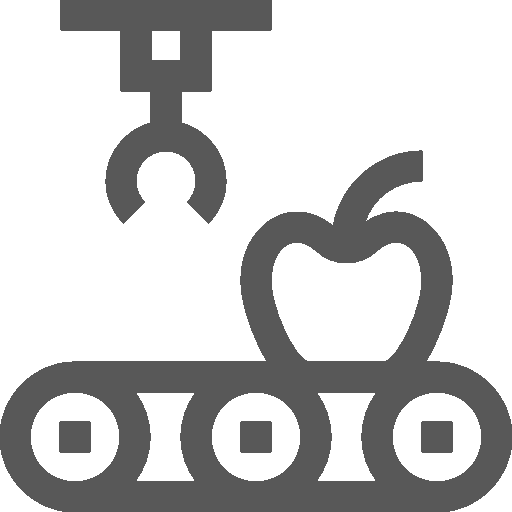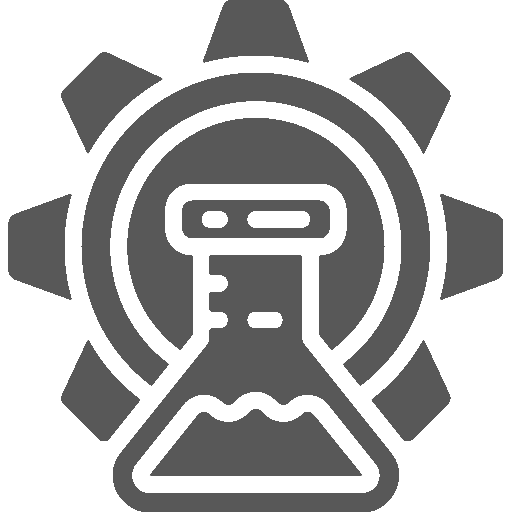
OEE and Condition Monitoring is a match made in manufacturing heaven. But why is that? Let’s find out. In the dynamic and competitive world of manufacturing, efficiency isn’t just a goal; it’s the very bedrock upon which success is built. Downtime, defects, and missed opportunities are not merely inconveniences but significant threats to a company’s profitability and market position. This stark reality underscores the importance of two critical concepts: Overall Equipment Effectiveness (OEE) and Condition Monitoring. Together, they forge a formidable partnership, driving operational excellence and ensuring manufacturing operations are as seamless and productive as possible.
Understanding OEE: A Deeper Dive
Let’s consider a scenario where a production machine is slated to run for 8 hours a day. However, due to various unforeseen issues, it operates for only 6 hours, and out of these, it churns out quality products for merely 5 hours. OEE steps in as a diagnostic tool, quantifying performance inefficiencies through three primary metrics:
Availability: This metric evaluates the proportion of scheduled production time that the equipment is operational. In our scenario, the availability is calculated as (6 hours / 8 hours) * 100% = 75%.
Performance: This measures the machine’s production speed against its theoretical maximum speed. Here, performance is (5 hours / 6 hours) * 100% = 83.33%.
Quality: This represents the proportion of defect-free products in the total production. If out of 100 units, 5 are defective, then quality is (95 units / 100 units) * 100% = 95%.
By calculating the product of these three metrics (Availability x Performance x Quality), we obtain the OEE score, typically expressed as a percentage. In the given example, the OEE score would be 75% x 83.33% x 95%) = 57.5%. The higher the OEE score, the more effective the equipment.
By the way, an OEE score of 85% is often regarded as world-class in various industries, denoting exceptionally high efficiency and effectiveness.
Enters Condition Monitoring
While OEE offers a holistic view of equipment effectiveness, it doesn’t drill down to the specific causes of inefficiencies. This gap is bridged by Condition Monitoring, a technique focused on the continuous monitoring of machine health indicators, such as vibration levels, temperature, current draw, and oil condition. These indicators reveal much about a machine’s operational status:
- Vibration Analysis: Unusual vibrations often signal issues like bearing wear or alignment problems.
- Thermal Monitoring: High temperatures may indicate overheating, lubrication issues, or impending failures.
- Electrical Parameters: An increase in current draw could suggest motor inefficiencies or electrical issues.
- Lubricant Analysis: Changes in oil conditions can detect internal wear before it becomes a significant problem.
Condition monitoring not only flags potential issues before they escalate but also informs optimal maintenance scheduling, focusing resources where they are most needed and avoiding unnecessary or premature maintenance activities. This proactive approach extends equipment lifespan and maintains operational continuity.
What Happens When You Combine OEE and Condition Monitoring
The true strength of OEE and condition monitoring lies in their integration. OEE quantifies operational efficiency, while condition monitoring provides the diagnostic insights necessary to address inefficiencies. This synergy enables:
- Focused Improvements: With OEE identifying efficiency gaps and condition monitoring pinpointing underlying issues, targeted corrective actions can be more efficiently planned and executed.
- Proactive Maintenance Strategies: Predictive insights from condition monitoring allow for maintenance interventions that prevent downtime, rather than responding to failures after they occur.
- Informed Decision-Making: The fusion of quantitative OEE metrics with qualitative condition monitoring data offers a comprehensive overview of equipment health, supporting strategic decisions regarding maintenance prioritization, resource allocation, and operational adjustments.
In essence, OEE and condition monitoring are complementary forces in the quest for manufacturing excellence. By harnessing their combined capabilities, manufacturers can not only address current inefficiencies but also anticipate and mitigate future challenges, securing a significant competitive advantage in an increasingly demanding marketplace. This strategic partnership not only bolsters operational efficiency but also fosters a culture of continuous improvement, critical for thriving in today’s global manufacturing landscape.












 White Papers
White Papers Case Study
Case Study Documents
Documents Webinars
Webinars Events
Events ROI Calculator
ROI Calculator FAQ
FAQ